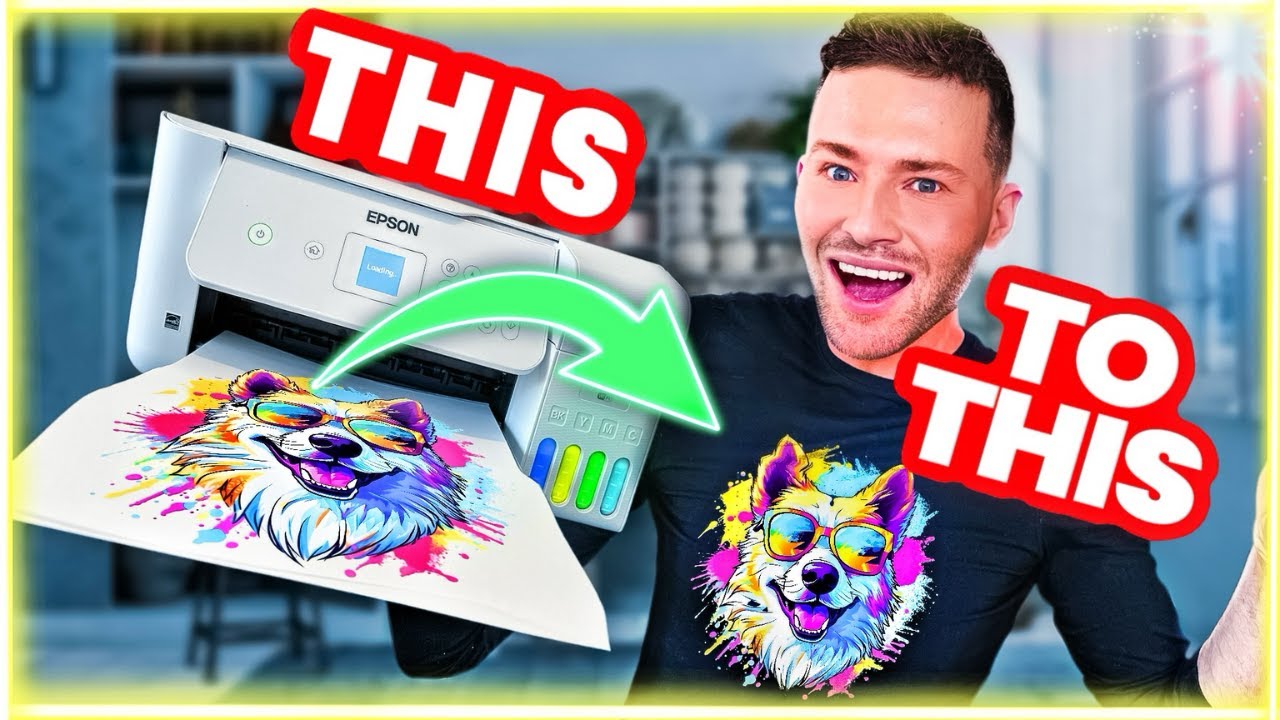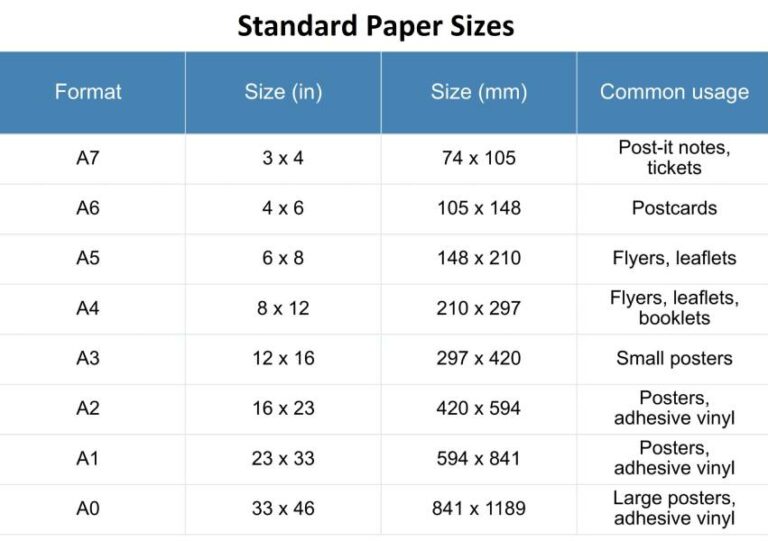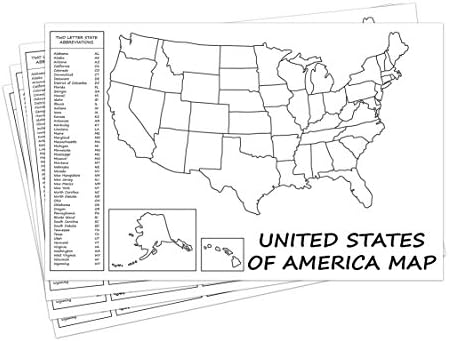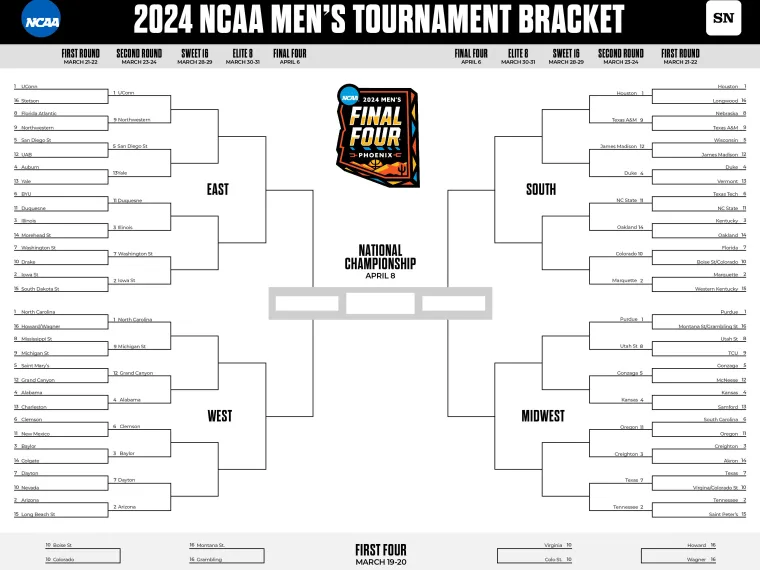The Ultimate Guide to Printable Vinyl: Your Gateway to Versatile Design and Printing
Welcome to the realm of printable vinyl, a material that has revolutionized the world of signage, decals, and countless other applications. This versatile material offers a unique blend of durability, printability, and cost-effectiveness, making it a go-to choice for businesses and creatives alike. In this comprehensive guide, we’ll delve into the fascinating world of printable vinyl, exploring its composition, printing techniques, design considerations, and a wide range of applications.
From understanding the different types of printable vinyl and their strengths to mastering the art of design and printing, this guide will equip you with the knowledge and inspiration to unleash the full potential of this remarkable material. Whether you’re a seasoned professional or just starting your journey with printable vinyl, prepare to be captivated by its endless possibilities.
Materials and Properties of Printable Vinyl

Printable vinyl is a versatile material used for a wide range of applications, from signage and graphics to vehicle wraps and decals. It is composed of a durable and flexible plastic film, typically made from polyvinyl chloride (PVC). This film is coated with a printable layer that allows for high-quality printing of text, images, and designs.
There are various types of printable vinyl, each with its unique characteristics and applications. Here’s a comparison of some common types:
Calendared Vinyl
- Economical and widely available
- Durable and suitable for outdoor use
- Can be challenging to apply and may require professional installation
Cast Vinyl
- More expensive than calendared vinyl
- Conforms better to curved surfaces and has a longer lifespan
- Easier to apply and remove, making it ideal for DIY projects
Printable Fabric Vinyl
- Soft and flexible, suitable for clothing, accessories, and home decor
- Can be washed and ironed, making it a versatile option
- May have lower durability compared to other types of vinyl
Printable Reflective Vinyl
- Reflects light, making it highly visible in low-light conditions
- Used for safety signs, vehicle graphics, and promotional displays
- Can be more expensive than other types of vinyl
Printing Techniques for Printable Vinyl

Whether you’re a seasoned pro or a vinyl newbie, choosing the right printing technique is crucial for achieving vibrant, long-lasting prints. Let’s dive into the printing methods that’ll turn your printable vinyl into eye-catching masterpieces.
Inkjet Printing
Inkjet printing is a popular choice for its versatility and affordability. It uses liquid ink that’s sprayed directly onto the vinyl surface. The key to success with inkjet printing is to use high-quality inks designed for printable vinyl, as regular inks can smudge or fade over time.
Laser Printing
Laser printing offers precise and durable results. It uses a laser to create an electrostatic image on the vinyl surface, which is then fused with toner. Laser printing requires specialized equipment and is generally more expensive than inkjet printing, but it produces prints that are highly resistant to fading and scratching.
Screen Printing
Screen printing is the traditional method for printing on vinyl. It involves forcing ink through a mesh screen onto the vinyl surface. Screen printing produces bold, opaque prints with a tactile feel. However, it’s a more labor-intensive process and requires specialized equipment.
Design Considerations for Printable Vinyl

Creating visually impactful designs for printable vinyl requires careful consideration of various elements. From color selection to font choice and image optimization, each aspect plays a crucial role in ensuring your design stands out and conveys your message effectively.
Let’s dive into some key guidelines to help you craft stunning designs that turn heads and make a lasting impression.
Choosing Effective Colors
Color is a powerful tool that can evoke emotions, convey messages, and draw attention. When selecting colors for your printable vinyl design, consider the following tips:
- Use contrasting colors: Combining colors that are opposite on the color wheel, such as blue and orange or red and green, creates a high level of contrast that makes your design pop.
- Consider the purpose: Choose colors that align with the intended use of your vinyl. For example, bright, bold colors are ideal for attracting attention in high-traffic areas, while muted tones may be more suitable for subtle signage or branding.
- Avoid using too many colors: Stick to a limited color palette to maintain visual coherence and avoid overwhelming your audience.
Selecting the Right Fonts
The font you choose can significantly impact the readability and overall impact of your design. Here are some guidelines to keep in mind:
- Choose legible fonts: Opt for fonts that are easy to read from a distance, especially if your design will be displayed in public spaces.
- Use appropriate font sizes: The size of your font should be proportionate to the size of your vinyl. Smaller fonts may be suitable for small designs, while larger fonts are more effective for large-scale applications.
- Consider the style: Select a font that complements the overall tone and style of your design. For instance, a playful font might be appropriate for a fun event, while a more formal font may be better suited for a corporate setting.
Optimizing Images
Images can add visual interest and enhance the impact of your design. To ensure your images look their best on printable vinyl, follow these tips:
- Use high-resolution images: Low-resolution images will appear pixelated and blurry when printed, so always use high-resolution images to maintain image quality.
- Crop and resize images: Crop your images to remove unnecessary elements and resize them to fit the dimensions of your vinyl design.
- Consider the color mode: Most printers use the CMYK color mode, so ensure your images are converted to CMYK to avoid color inaccuracies.
Applications of Printable Vinyl
Printable vinyl is a versatile material with a wide range of applications, including signage, decals, and vehicle wraps.
It is a popular choice for signage because it is durable, weather-resistant, and can be printed with high-quality graphics. Printable vinyl is also easy to apply and remove, making it a good option for temporary or seasonal signage.
Decals
Printable vinyl is also a great choice for decals. Decals are die-cut shapes that can be applied to any smooth surface. They are often used for branding, marketing, and promotional purposes.
Vehicle Wraps
Printable vinyl is also used for vehicle wraps. Vehicle wraps are full-color graphics that are applied to the exterior of a vehicle. They are a great way to advertise a business or promote a product or event.
Maintenance and Care of Printable Vinyl

Cleaning and maintenance are essential for the longevity of printed vinyl. Regular cleaning removes dirt, dust, and debris that can damage the surface. Use a soft, damp cloth and a mild detergent solution. Avoid using abrasive cleaners or sponges, as they can scratch the vinyl.
Proper storage is also important. Store printed vinyl in a cool, dry place away from direct sunlight. Extreme temperatures and humidity can warp or damage the vinyl.
Factors Affecting Durability and Longevity
Several factors can affect the durability and longevity of printed vinyl:
– Material quality: The quality of the vinyl material itself plays a significant role in its durability. High-quality vinyl is more resistant to fading, cracking, and peeling.
– Printing process: The printing process used can also impact the durability of the vinyl. UV-resistant inks and coatings help protect the print from fading and degradation.
– Installation: Proper installation is crucial for ensuring the vinyl’s longevity. The surface should be clean, smooth, and free of any debris or contaminants.
– Environmental conditions: Exposure to harsh environmental conditions, such as extreme temperatures, sunlight, and moisture, can shorten the life of the vinyl.
By following proper cleaning and maintenance techniques and considering these factors, you can extend the life of your printed vinyl and keep it looking its best.
Sustainability and Environmental Considerations
Printable vinyl, like other synthetic materials, has environmental implications. Understanding its impact and adopting sustainable practices is crucial.
Environmental Impact:
- Raw Material Extraction: Vinyl is derived from petroleum, a non-renewable resource, contributing to fossil fuel depletion.
- Manufacturing Emissions: Vinyl production releases volatile organic compounds (VOCs) and other pollutants into the atmosphere.
- Waste Generation: Used vinyl products, including scraps and discarded signage, end up in landfills, taking up space and potentially leaching harmful chemicals.
Eco-friendly Alternatives
Several eco-friendly alternatives to printable vinyl are available:
- Recyclable Vinyl: Some vinyl manufacturers offer recyclable options, reducing landfill waste.
- Biodegradable Vinyl: Made from plant-based materials, biodegradable vinyl decomposes naturally, minimizing environmental impact.
- Water-Based Inks: Using water-based inks for printing reduces VOC emissions and promotes a cleaner environment.
Best Practices for Sustainable Use
To promote sustainability, consider these practices:
- Responsible Disposal: Dispose of used vinyl products properly through recycling or waste-to-energy programs.
- Reduce, Reuse, Recycle: Minimize vinyl consumption, reuse scrap material, and recycle whenever possible.
- Support Sustainable Suppliers: Choose suppliers who prioritize environmental responsibility in their manufacturing processes.
Industry Trends and Innovations
The printable vinyl industry is constantly evolving, with new technologies and advancements emerging all the time. These innovations are enhancing the versatility and performance of printable vinyl, making it an even more attractive option for a wide range of applications.
One of the most significant trends in the printable vinyl industry is the development of new materials. These materials are designed to be more durable, weather-resistant, and easy to print on. They are also becoming thinner and more flexible, making them ideal for use on a variety of surfaces.
Another major trend is the development of new printing technologies. These technologies are making it possible to print high-quality images on vinyl with greater speed and accuracy. They are also making it possible to print on a wider range of materials, including fabrics, metals, and plastics.
These trends are having a major impact on the printable vinyl industry. They are making it possible to create more innovative and eye-catching products, and they are also making it easier and more affordable to do so. As a result, the printable vinyl industry is expected to continue to grow rapidly in the years to come.
New Materials
New materials are being developed all the time to meet the needs of the printable vinyl industry. These materials are designed to be more durable, weather-resistant, and easy to print on. They are also becoming thinner and more flexible, making them ideal for use on a variety of surfaces.
Some of the most popular new materials include:
– Polyesters: Polyesters are a type of synthetic fabric that is known for its durability, strength, and resistance to fading. They are also lightweight and wrinkle-resistant, making them ideal for use in a variety of applications.
– Vinyls: Vinyls are a type of plastic that is known for its durability, weather-resistance, and ease of printing. They are also available in a variety of colors and finishes, making them a versatile option for a wide range of applications.
– Polyurethanes: Polyurethanes are a type of plastic that is known for its durability, flexibility, and resistance to abrasion. They are also waterproof and breathable, making them ideal for use in outdoor applications.
These are just a few of the many new materials that are being developed for the printable vinyl industry. As these materials continue to improve, they will make it possible to create more innovative and eye-catching products.
New Printing Technologies
New printing technologies are also being developed all the time to meet the needs of the printable vinyl industry. These technologies are making it possible to print high-quality images on vinyl with greater speed and accuracy. They are also making it possible to print on a wider range of materials, including fabrics, metals, and plastics.
Some of the most popular new printing technologies include:
– Digital printing: Digital printing is a process that uses a computer to create an image on a piece of vinyl. This process is much faster and more accurate than traditional printing methods, and it also allows for a wider range of colors and finishes.
– Screen printing: Screen printing is a process that uses a stencil to create an image on a piece of vinyl. This process is less expensive than digital printing, but it is also less versatile.
– Flexographic printing: Flexographic printing is a process that uses a flexible printing plate to create an image on a piece of vinyl. This process is ideal for printing large quantities of vinyl, and it also produces high-quality results.
These are just a few of the many new printing technologies that are being developed for the printable vinyl industry. As these technologies continue to improve, they will make it possible to create more innovative and eye-catching products.
Case Studies and Examples
The versatile nature of printable vinyl has led to a multitude of innovative applications in various industries. From eye-catching vehicle wraps to durable signage, this material has proven its potential to transform creative visions into tangible realities.
Beyond traditional uses, printable vinyl has also found its way into unique and unexpected domains, pushing the boundaries of design and functionality.
Vehicle Wraps
The vibrant and durable nature of printable vinyl makes it an ideal choice for vehicle wraps. These wraps can transform ordinary cars into mobile billboards, showcasing captivating designs and promoting businesses or brands in a highly visible way.
- Example: A local coffee shop used a printable vinyl wrap featuring a giant cup of coffee to promote its new location, attracting attention and generating buzz.
- Example: A tech company wrapped its fleet of company cars with eye-catching graphics showcasing its latest software, turning each vehicle into a rolling advertisement.
Signage and Graphics
Printable vinyl is a versatile material for creating eye-catching signage and graphics. Its durability and weather resistance make it suitable for both indoor and outdoor applications.
- Example: A retail store used printable vinyl to create large-scale wall murals depicting its products, creating an immersive and engaging shopping experience.
- Example: A construction company used printable vinyl banners to announce the grand opening of a new housing development, effectively communicating key information to potential buyers.
Custom Decals and Stickers
Printable vinyl is perfect for creating custom decals and stickers that can be applied to a wide range of surfaces, from laptops to phone cases. These decals allow individuals to express their creativity and personalize their belongings.
- Example: A designer created a series of vinyl decals featuring original artwork, enabling customers to add a touch of personality to their water bottles, skateboards, and other items.
- Example: A local band used printable vinyl to produce stickers featuring their logo and band name, which fans could proudly display on their cars, guitars, and clothing.
Art and Wall Décor
Printable vinyl has opened up new possibilities in the realm of art and wall décor. Artists can create unique and affordable prints that can be easily applied to walls, creating vibrant and dynamic displays.
- Example: A contemporary artist used printable vinyl to create a large-scale mural depicting a surreal cityscape, transforming a blank wall into a captivating work of art.
- Example: A home décor company offers a range of printable vinyl wall decals featuring nature-inspired designs, allowing customers to bring the outdoors in and create a tranquil atmosphere.
Resources and Suppliers
Innit, need some top-notch printable vinyl? Look no further, bruv. We’ve got you sorted with a sick list of suppliers and resources that’ll make your projects poppin’.
From reputable manufacturers to online forums, we’ve got the hookup. Dive in and get your hands on the best printable vinyl and support.
Suppliers
- Sign Warehouse: The don of printable vinyl, with a massive range and expert advice.
- Arlon: Another heavyweight, known for their quality and innovation.
- Oracal: A go-to for custom vinyl, with a wide selection of colors and finishes.
Online Resources
- Printable Vinyl Central: Your one-stop shop for tutorials, tips, and a forum for all things vinyl.
- Vinyl Cutter Online: A treasure trove of free tutorials and videos to help you master the art of vinyl cutting.
- Facebook Groups: Join the community of printable vinyl enthusiasts and get your questions answered in real-time.
Q&A
What is the difference between calendared and cast vinyl?
Calendared vinyl is produced using a rolling process, resulting in a smooth surface but reduced conformability. Cast vinyl, on the other hand, is created through a casting process, providing superior conformability and durability.
Can printable vinyl be used outdoors?
Yes, printable vinyl is designed to withstand outdoor conditions. It is resistant to UV rays, moisture, and temperature fluctuations, ensuring longevity and vibrant colors even in harsh environments.
What is the best printing method for printable vinyl?
The choice of printing method depends on the specific application and desired results. Inkjet printing offers high-resolution images, while laser printing provides sharp text and graphics. Screen printing is suitable for large-scale production and bold designs.
How can I ensure the longevity of my printed vinyl?
Proper cleaning and maintenance are crucial for extending the life of printed vinyl. Use mild soap and water for cleaning, and avoid harsh chemicals or abrasive materials. Protect the vinyl from excessive heat and direct sunlight to prevent fading and damage.
Are there eco-friendly alternatives to printable vinyl?
Yes, eco-friendly alternatives to printable vinyl include biodegradable and recyclable materials such as PVC-free vinyl, fabric-based vinyl, and latex-based inks. These options minimize environmental impact while maintaining similar performance characteristics.



